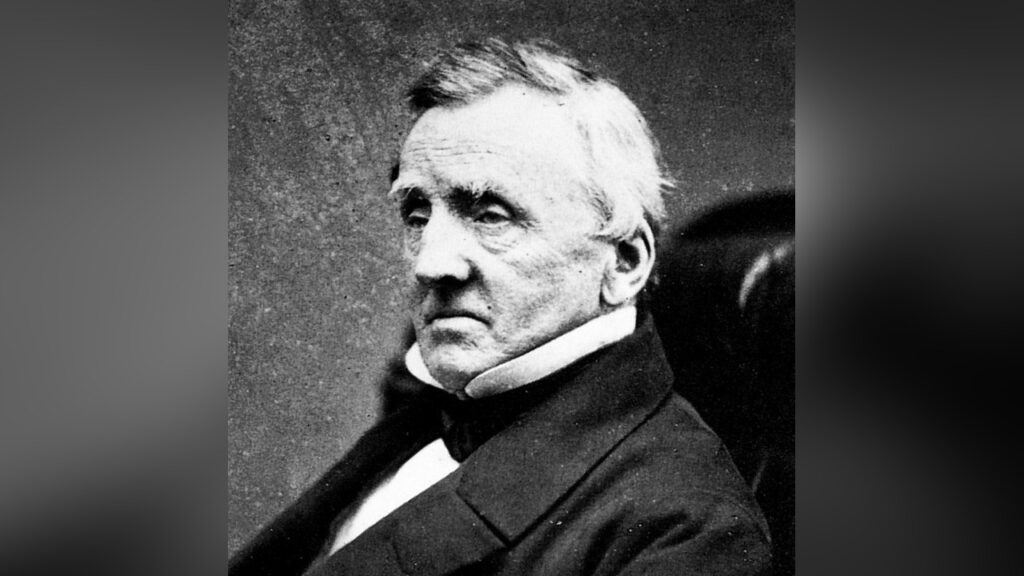Nathaniel Bagshaw Ward was born in London in 1791 Although he lived in a city that promoted growth, industry and culture, his enthusiasm was focused on bugs and plants.
by John Bagnasco

While in his teens, Ward traveled to Jamaica and that the tropical foliage of the island further inspired his love of botany and entomology.
In 1829, he buried a moth cocoon in a moist organic soil placed in a wide-mouthed glass bottle that was covered with a lid. He was surprised to discover that a fern and some grass had started to grow on the surface of the mould. They turned out to be the fern, Dryopteris filix-mas and annual bluegrass, Poa annua.
It was then he surmised the secret to this surprising turn of events was “a moist atmosphere free from soot or other extraneous particles; light; heat; moisture; periods of rest; and change of air.” The plants required no attention of any kind and it’s said that they lived successfully in the bottled environment for four years. Unintentionally, the terrarium was born.
Ward quickly began other experiments using cases made out of wood and glass. The cases sported frames that were constructed as tightly as possible and used the hardest of woods. Until this discovery, it had been virtually impossible to keep plants alive on long sea voyages. In the summer of 1863, Ward filled some of his cases with different types of native British ferns and grasses and sent them on an ocean voyage to Australia. The plants thrived despite a six-month voyage under harsh conditions. Returning, the cases were filled with native Australian plants and after an eight-month journey, the plants arrived safely in London.
A tool for moving plants worldwide was now established. Robert Fortune used the cases to transport 20,000 tea plants from China to India, which started India’s tea industry. The introduction of bananas to Fiji and the rubber tree from Brazil to Sri Lanka were carried out in Ward’s invention. Other imports included the establishment of coffee, citrus, cocoa and vanilla throughout the world’s tropical regions.
Wardian cases, or terrariums, soon became the rage for home use as plants could live and thrive virtually unattended in attractive, ornate cases. In the late Victorian Era, these were the perfect accessory for any formal sitting room or parlor and served as decorative showcases. Today, companies like H Potter sell reproductions of Victorian styles at affordable prices.
